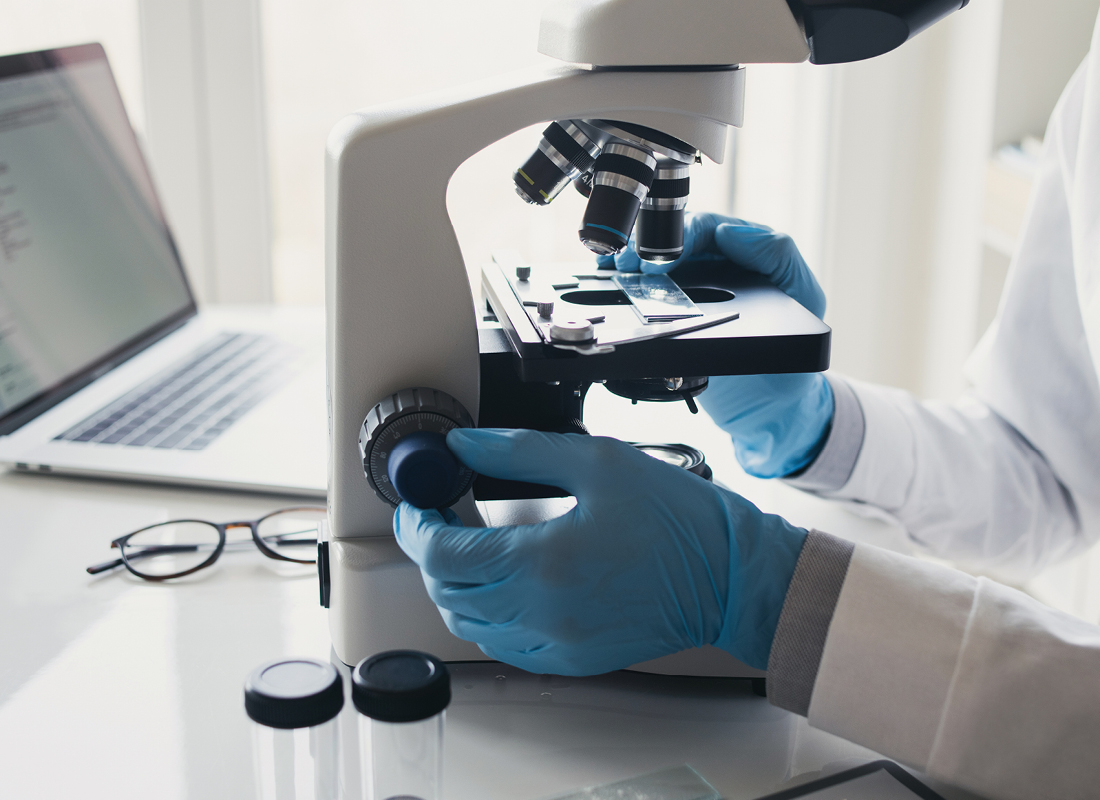Noninvasive Gene Expression Test for Melanoma Cuts Costs
From - Diagnostic Testing & Emerging Technologies The noninvasive pigmented lesion assay (PLA; DermTech) reduces costs compared to the current standard of care for diagnostic workup of pigmented skin lesions suggestive of… . . . read more

The noninvasive pigmented lesion assay (PLA; DermTech) reduces costs compared to the current standard of care for diagnostic workup of pigmented skin lesions suggestive of melanoma, according to a study published July 11 in JAMA Dermatology. The PLA gene expression test cut surgical procedures, missed melanomas, and cost, compared to visual assessment, followed by surgical biopsy and histopathologic assessment (VAH).
“The PLA provides clinical utility in the assessment of pigmented lesions suggestive of melanoma by its ability to transform the current clinical pathway from one that is subjective (hence variable in implementation), invasive, and with a relatively low NPV to one that is objective (hence more predictable), noninvasive, and with a high NPV,” writes coauthor John Hornberger, M.D., from Stanford University in California. (Both authors report financial ties to DermTech.)
Current estimates suggest that 3 million surgical biopsies and 780,000 excisions are performed annually in the United States, but these procedures find approximately 150,000 in situ and invasive melanomas. This low specificity and low negative predictive value suggest the need for more cost-effective tools to improve diagnosis and management of pigmented lesions.
PLA uses an adhesive patch–based sampling to rule out melanoma and the need for surgical biopsy of pigmented lesions suggestive of melanoma. Positive PLA test results are followed up with a surgical biopsy and histopathologic assessment, while negative test results are followed up with surveillance per standard of care. Previous studies have shown reductions in surgical biopsies and subsequent excisions, with a negative predictive value of 99 percent versus 83 percent for VAH. The present study evaluated the cost implications of using PLA versus VAH.
Data input into the economic model were derived from routine use of the test in U.S. dermatology practices and the literature. Participants included patients with primary cutaneous pigmented lesions suggestive of melanoma. Inputs were based on consensus treatment guidelines and Centers for Medicare & Medicaid Services fee schedules. PLA was priced at $500, close to the expected mean selling price.
For the base-case model, researchers assumed the pretest probability of melanoma was 6 percent (range, 2 percent to 10 percent) and that 56 percent of lesions evaluated would be considered clinically suggestive enough to recommend biopsy.
The proportion of patients undergoing initial surgical biopsy was 69.0 percent with the VAH versus 13.3 percent with the PLA. The improved accuracy of the PLA reduced the number of patients undergoing subsequent excision for melanoma from 18.8 percent with the VAH to 7.5 percent with the PLA.
This translated to a relative reduction in surgical procedure costs (biopsy and subsequent excision) was −$395 compared with VAH. Furthermore, the relative reduction in stage-related treatment costs associated with the PLA was −$433 compared with VAH, primarily resulting from avoidance of delays due to false-negative diagnoses. Surveillance costs were reduced by −$119 with the PLA. The increased specificity for PLA relative to VAH and melanoma treatment costs were the most influential variables on cost. The total cost of full diagnostic workup of a lesion suggestive of melanoma by VAH was $947. Subtracting the mean selling price for PLA of $500, the cost savings achieved reached $447 per lesion tested.
“The economic benefits of the PLA are driven by high specificity that substantially reduces the number needed to biopsy to find melanoma by 5-fold (from 15.7 to approximately 2.7),” write the authors.
Takeaway: PLA cuts the number of surgical procedures, missed melanomas, and cost in addition to the invasiveness and subjective nature of diagnostic assessment of pigmented lesions.
Subscribe to Clinical Diagnostics Insider to view
Start a Free Trial for immediate access to this article